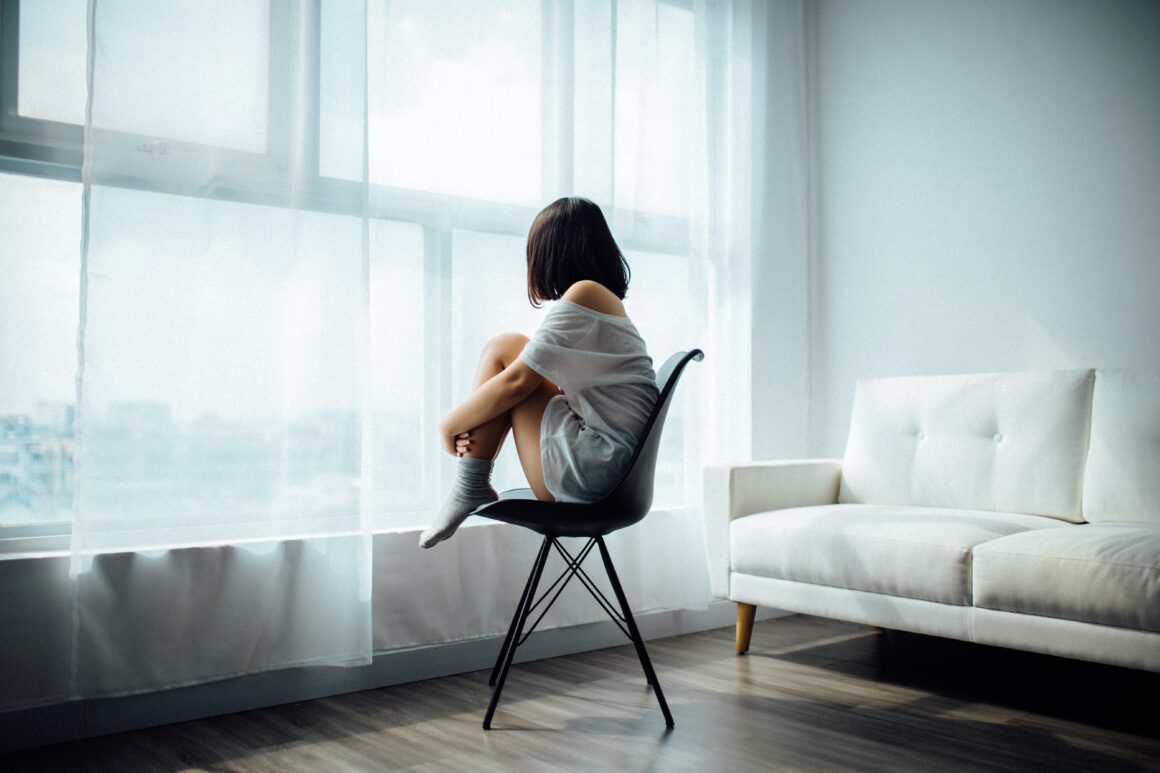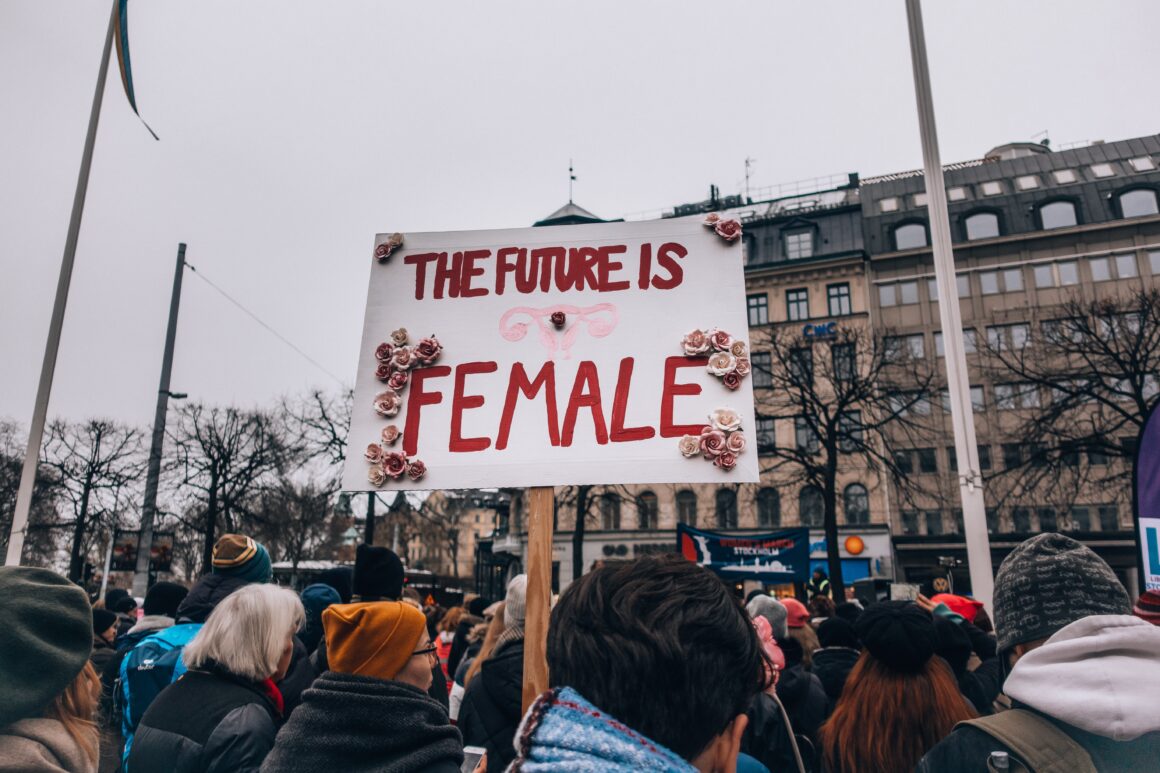I was raised on Disney Princess movies. I watched all of them. And I’m okay. What I mean by this is that you’re not going to advocate your daughters to self-hafe and self-destruction by letting them watch all these movies. But maybe you can avoid some of the problems they’re going to face if you only show them to your daughters once they’re old enough to understand what is wrong with them.
Walt Disney was a misogynist. We all know he was somewhat nuts (I mean, is he really frozen inside of some freezer? Who knows). But letters written by him talking about women and testimonies of people who met him support this idea. And it is definitely reflected in his movies.
Think I’m exaggerating? I mean, after all, they’re just movies. Let’s get to the facts.
- Princesses never have a mother or any other woman in their life who can guide them and help them that is actually “real”
- Their character is always quite, nice and fragile
- They always need a prince to save them
- The villain is always a woman
- Their body structures are unreal and they need to change their physical appearance to get the Prince to like them
- They show some really twisted standards for men and women
- Romantic myths are implemented through them
Review how many of these princesses actually have a mother. Mulan does, but she’s submissive and believes the only good thing her daughter can do for her and her family is marry a good man. Still, we can see how Mulan doesn’t really fit the pattern of these movies. It’s the exception (which confirms the rule). None of these ladies have a mother who can guide them, protect them, educate them. Whenever someone that is willing to help them shows up, it is a “super-natural” creature (like Cinderella’s Fairy Godmother), never a real woman. Let’s see some examples of how Disney perpetuates sexism through every single Princess movie.
Belle wants to save his father from the Beast, so she agrees to have a relationship with him. In a horrific romanticization of the Stockholm Syndrome, Belle falls in love with the Beast, convinced that she’ll get to change the bitter and agressive attitude from the Beast with her kindness and her love. This is one romantic myth highly spread out, but the only thing it does is convince women since they are born of their need to be passive, which eventually can lead to them tolerating mentally and physically abusive relationships.
Snow White is being raised by her mean stepmother, whose only concern in life is to be beautiful. When she’s told she isn’t the most beautiful, she decides to kill Snow White (great example of women empowering each other, right?). So our princess runs away scared and goes out to live with 7 dwarfs who work out of the household while she stays home, sings, cooks and cleans.
Nothing wrong with singing, cooking and cleaning but… is this really the role model we want for our daughters?
“Sleeping Beauty” has Aurora as its main character, but she only appears in about 18 minutes of the movie. She’s cursed by a woman because of a mistake her parents made, and, just like with Snow White, only a man’s kiss can save her. A man who doesn’t know her, but “falls in love” with her because of her beautiful face.
What about “The Little Mermaid”? Ariel falls in love with a man she barely knows, and gives up her whole life, her world, and even her voice for a pair of legs. Her face is enough for the prince to fall in love with her, but the mean Ursula shows up disguised as an even more beautiful woman to “steal” Ariel’s boyfriend (I mean, it actually looks like a horror film more than a story we want out children to watch).
So wrong romantic love myths, wrong gender roles, wrong body images… Why do we still watch Disney movies? Because these ones I’m mentioning, even though they are still very famous and watched among our young girls, are old, and things are changing.
Analyzing the new ones, we can see a change in the perspective. Meryda from “Brave” is a strong woman and she’s focused on giving a solution to the problems she’s created. Elsa and Ana share a bond much bigger and much stronger than any other: the love between two sisters. They can never agree on anything, but they love each other fiercely, and they are capable of saving each other without any man’s help. Their bodies are still unrealistic, but the main character doesn’t think finding love is her life goal, and even tells her sister she definitely can’t marry someone she’s just met (contradicting all the previous movies we just talked about). For maybe the first time the mean character it’s actually Hans, a man!
This last “Moana” movie has me thrilled. Her body is more athletic, she’s a fighter, and although in the end she was doing perfectly fine on her own and Maui came to save her, “Moana” overall exemplifies that we can’t accept any less than this anymore.
We can see the change. We can now imagine a future where women and men are finally equal. And this starts with our own future sons and daughters, that don’t need to be exposed to wrong gender roles because if they do, they’ll assume them as natural. We can be nostalgic every once in a while and show them some of the movies we used to watch when we were young, but always with a nice talk afterwards that starts with: “What is wrong with this movie we just watched?”. After all, our daughters now don’t want to be princesses. They want to run, jump, get dirty, work hard, read, study… And they can’t do that on a dress and a crown. Guide them, help them, empower them. Love them and encourage them to become who they want.



Comments are closed.